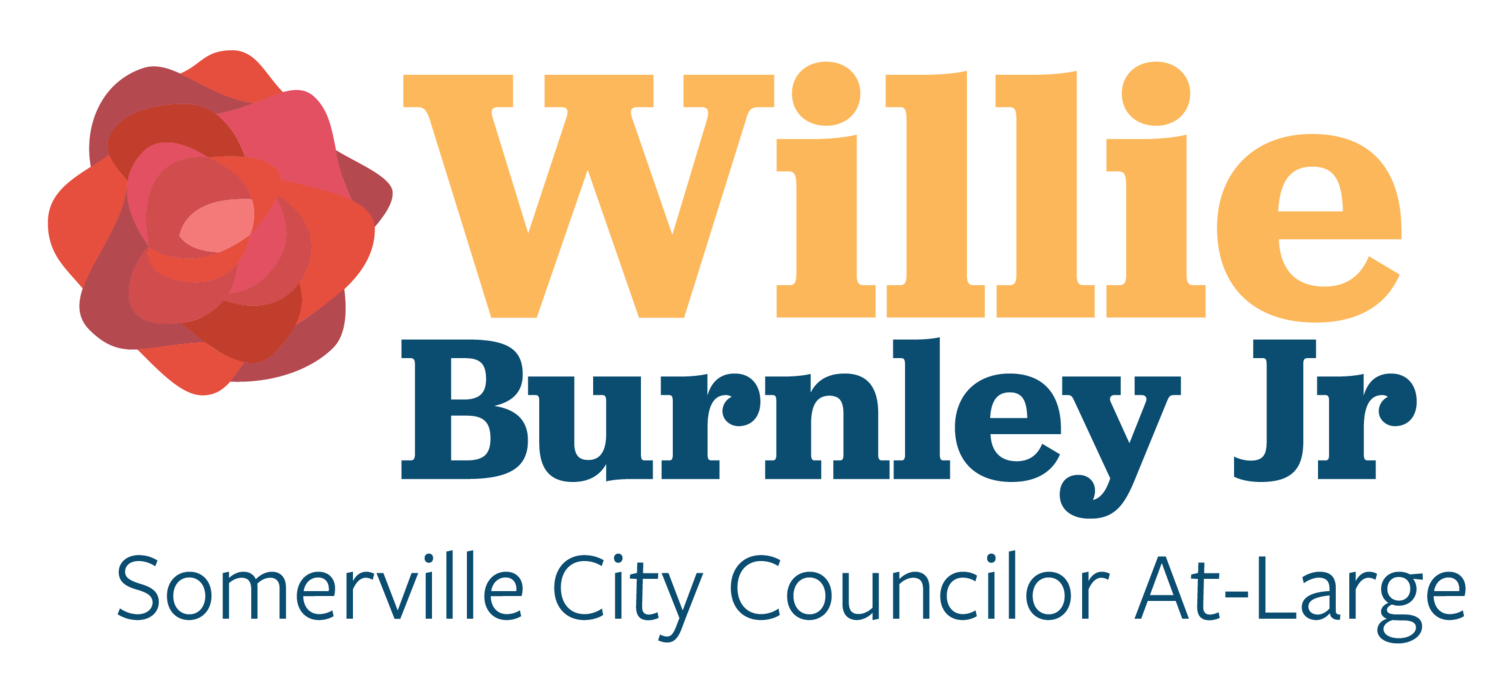Let’s Make Housing Justice a Reality
As this pandemic rages on, more than ever, access to safe, stable, and affordable housing is the cure to so many of our social, economic, and health issues. So many of our residents know that housing is a human right and good policy, yet our city still struggles to combat displacement, evictions, and rising rents that drive our neighbors out.
We can do more to provide permanently affordable housing, ensure that racist housing discrimination does not occur in our city, house our residents with dignity, and control the out of control rising rents in our neighborhoods. We cannot allow ourselves to build a city solely for the wealthy. Instead, we will create community control of our development and end the displacement that threatens our friends and families.
Ensuring Racial Justice in Housing
Despite changes to laws, racial disparities and inequities persist in housing and wealth. For example, in 2017, 350 white Somerville residents received loans to buy a home as compared to 13 Latino/a/x residents and only 3 Black residents. This incredible lending discrepancy is consistent throughout the past few years and is one of many driving factors of the racial wealth gap. As someone who has worked for the Equal Rights Center (a non-profit that aids people experiencing housing discrimination), I know what housing discrimination looks and sounds like and, if elected, I will help move city resources to ensure that communities of color seeking support for loans and housing have a fair shot.
Making the Most of Our Land
Now, perhaps more than ever, it is critical that Somerville residents and institutions work together to ensure we are doing the most public good that we possibly can with our buildings and land. That’s why I’ve been proud to volunteer with the Somerville Community Land Trust, as we reach out to residents to create a vision of what our city can look like when we us our roughly four square miles of land for its best purposes.
Our Community Land Trust is receptive to community input and (with community support and involvement) will be able to achieve various goals, including:
Getting the most out of vacant and under-utilized buildings for the public good by turning them into decommodified housing (also known as permanently affordable housing)
Can be used to take ownership of homes and land owned by older folks that would like to donate their buildings to good causes
Can use buildings to help house those facing displacement and/or help first-time homebuyers purchase a home.
Can help increase green energy technology by utilizing SCLT land for solar panels, green roofs, and green space.
Dignity in Housing and Work
Everyone deserves to live in safe and stable housing with dignity. For far too long, residents who’ve already had to fight just to keep a roof over their heads and their children fed have had to put up with dilapidated buildings and unfit conditions. That’s why, as a city councilor, I voted to renovate Clarendon Hill Apartments and to add more affordable and market-rate apartments to them.
Let’s bring back the local option on housing
For nearly three decades, the cost of rents have gone up tremendously and caused a mass exodus of our neighbors who could no longer afford to live here. This is because in Massachusetts it is legal to double or triple rents every year and illegal for municipalities to place reasonable restrictions on unjust rent increases.
As someone who was displaced due to the fact that my rent increased hundreds of dollars, I know that pain intimately. As a councilor on the Legislative Matters Committee, I will work on drafting a home rule petition to bring back rent stabilization for our residents. And if the statehouse ignores the calls of Boston and Somerville, I will help bring this issue to the statewide ballot.




